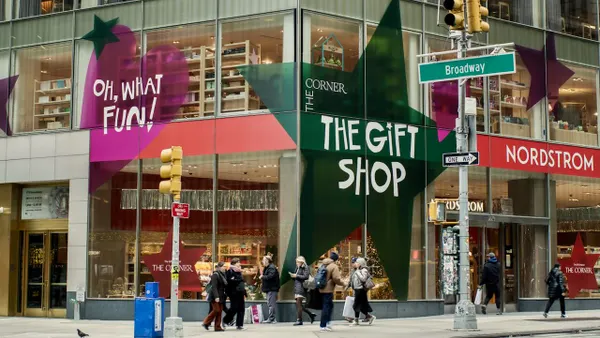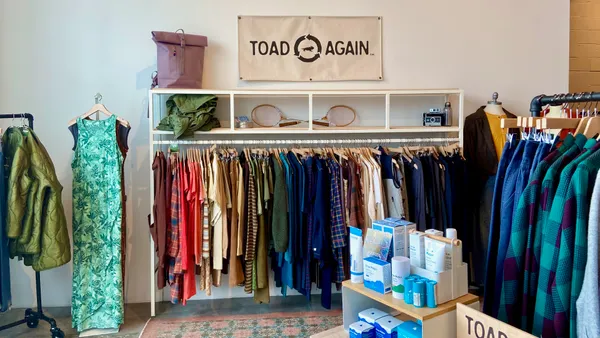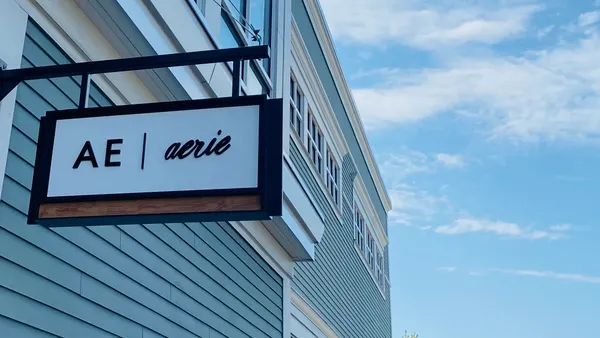Dive Brief:
- Luxury brands such as Burberry, Gucci, and Hermès are incorporating sustainable practices into their business models to meet consumer demands for transparency.
- While a few high-end brands can use sustainable practices to fight the stigma of being wasteful and indulgent, most prefer to build such programs quietly as demand grows.
- Voluntary certification programs such as the Butterfly Trust Mark and B Lab testing are helping identify good corporate citizens from Acne to Veuve Clicquot.
Dive Insight:
Luxury brands are embracing sustainable practices to ensure that future generations of consumers will look favorably upon their often indulgent goods. But while mainline retailers like Patagonia are pitching ecofriendly credentials and corporate responsibility as added selling points, high-end brands are often installing sustainable practices quietly and letting well-to-do buyers assume that they have their best interests in mind.
Kering installed a chief sustainability officer in 2012 and is creating a sustainability plan to slash resource consumption for each of the brands in its stable, including Gucci, St. Laurent, and Stella McCartney. Fellow luxury powerhouse LVMH (Louis Vuitton, Moet, Hermès) operates the LVMH Indicators for the Environment (LIFE) initiative, which concentrates on ecofriendly design, materials traceability, reduction of greenhouse gases and product longevity.
As millennial consumers begin to drive luxury retail, the selling power of sustainability will expand, analysts say. Millennials expect transparency, sustainability and ethical corporate behavior from all brands they patronize—high-end or low.













